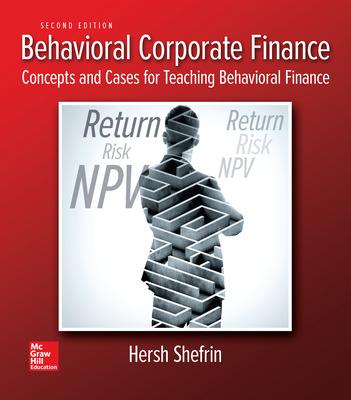Imagine that the current date is t 1 . A year ago (t 0 ), the firm
Question:
Imagine that the current date is t1. A year ago (t0), the firm invested $125 million in the project depicted in the illustrative example in Section 12.5 at a time when expected cash flows were $25 million. At that time, the firm’s managers thought that the project had a zero NPV. Assume that the firm’s cost of capital is 20 percent. Suppose that last year turned out to have been unfavorable for the firm, in that actual cash flows were $20 million, less than the expected $25 million. In addition, the firm’s managers have learned that if they wish the project to continue (into perpetuity), then they will have to spend an additional $75 million sometime in the next two years. If they do not spend the additional amount, then the project will terminate at the end of two years (t3). If the project terminates at t3, then the cash flows will terminate at t3 and will be zero for t > t3. Moreover, the assets associated with the project will have zero disposal (scrap) value at t3. Adapt the illustrative example provided in Section 12.5 to show how real-option theory can be used to help the firm’s managers decide whether, and under what circumstances, to invest an additional $75 million, as opposed to abandoning the project. How would your analysis have changed if the discount rate were 15 percent? How would the optimal investment policy change when the discount rate was 20 percent, but the additional amount to be invested varied from $50 million to $200 million in increments of $25 million? Begin your analysis by identifying the incremental cash flows associated with the asset that underlies the option.
Cost Of CapitalCost of capital refers to the opportunity cost of making a specific investment . Cost of capital (COC) is the rate of return that a firm must earn on its project investments to maintain its market value and attract funds. COC is the required rate of... Discount Rate
Depending upon the context, the discount rate has two different definitions and usages. First, the discount rate refers to the interest rate charged to the commercial banks and other financial institutions for the loans they take from the Federal...
Step by Step Answer:

Behavioral Corporate Finance Concepts And Cases For Teaching Behavioral Finance
ISBN: 9781259277207
2nd Edition
Authors: Hersh Shefrin





